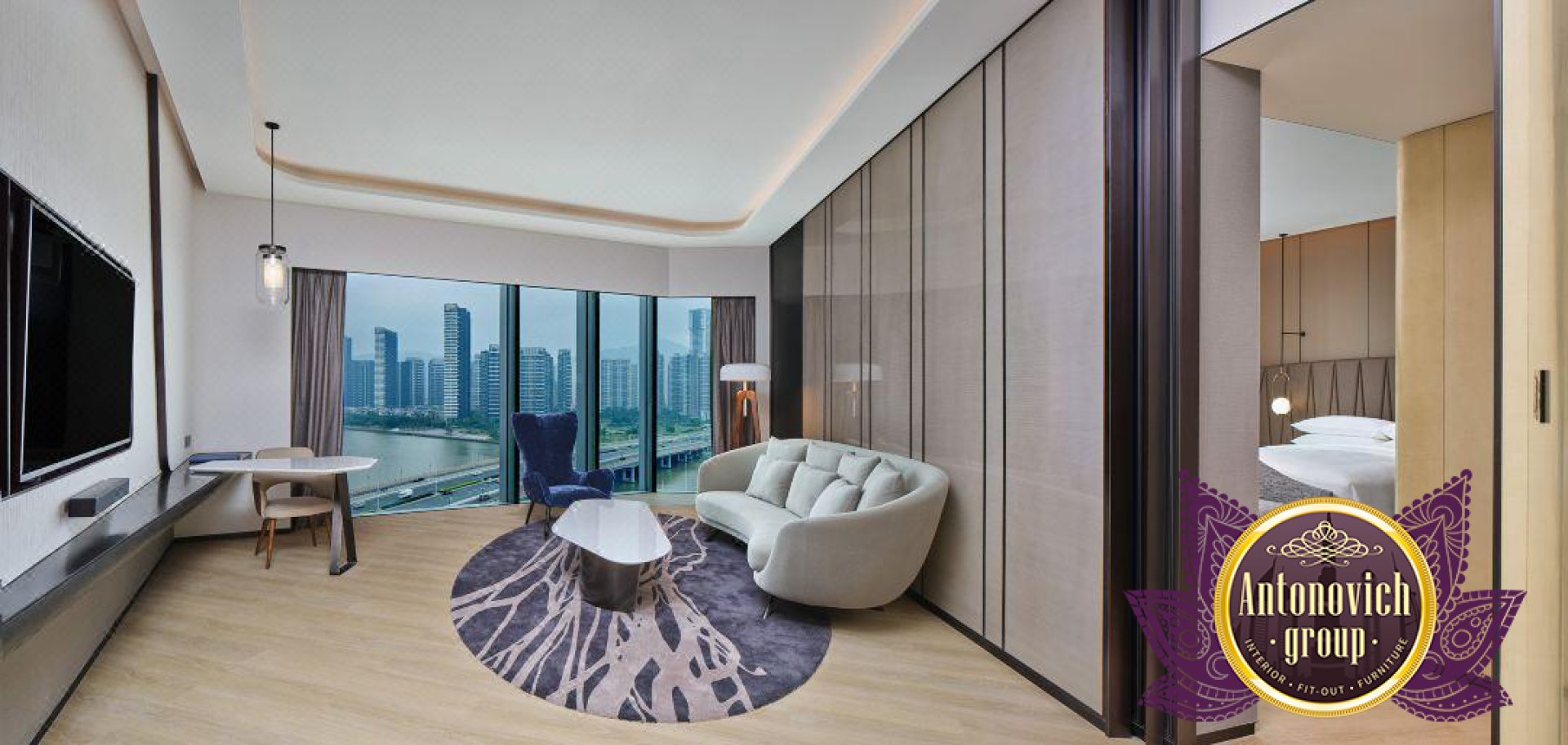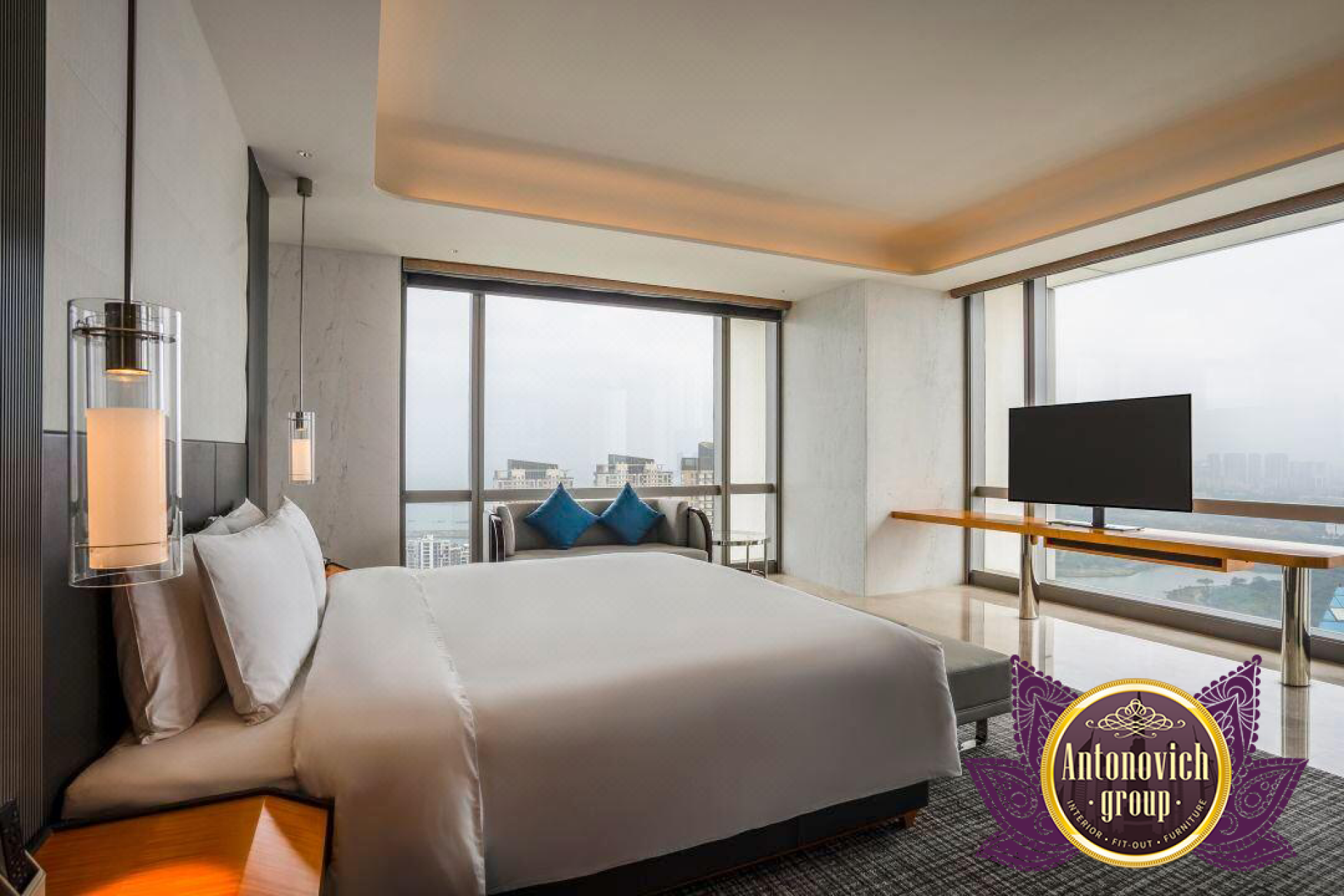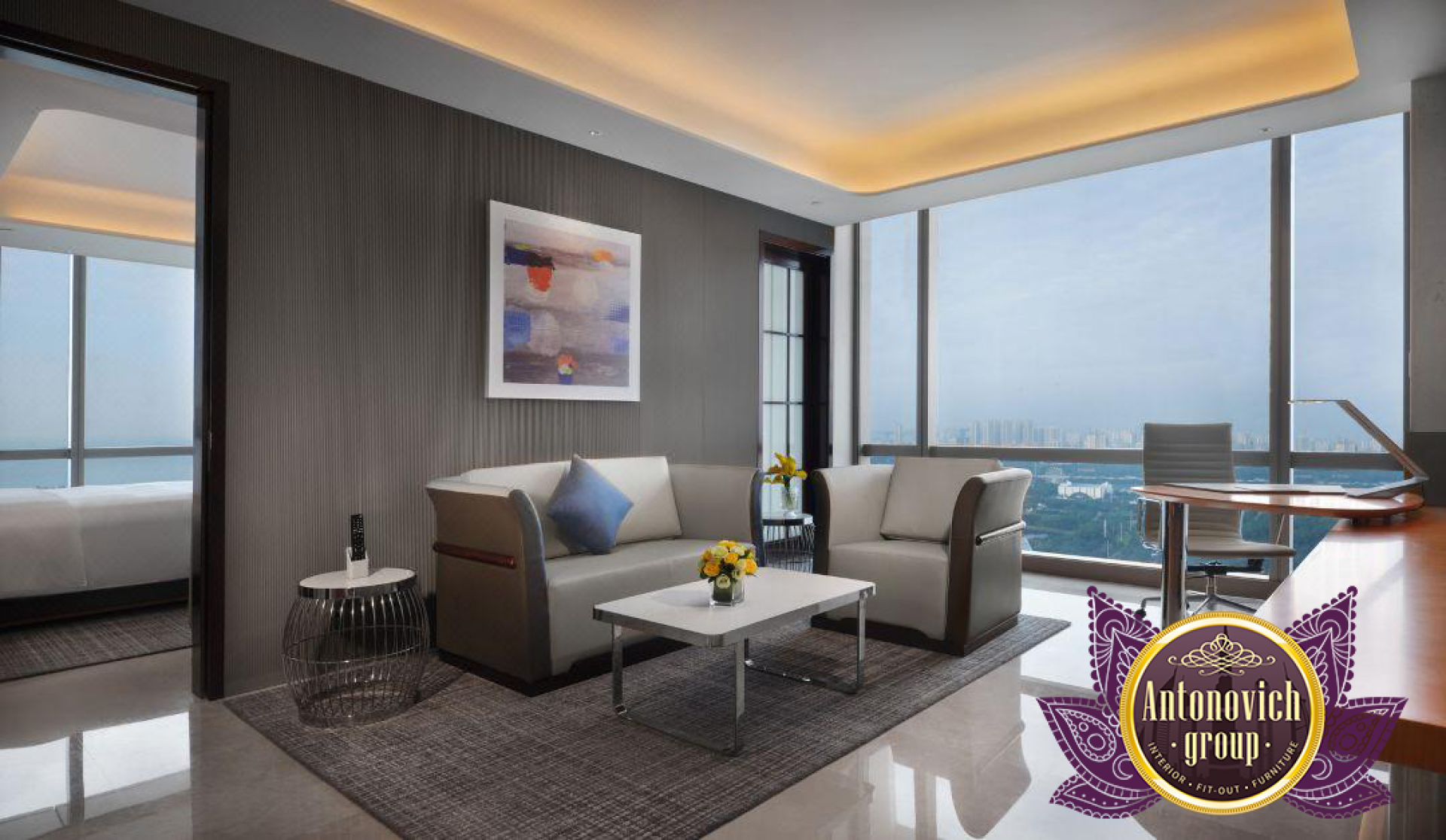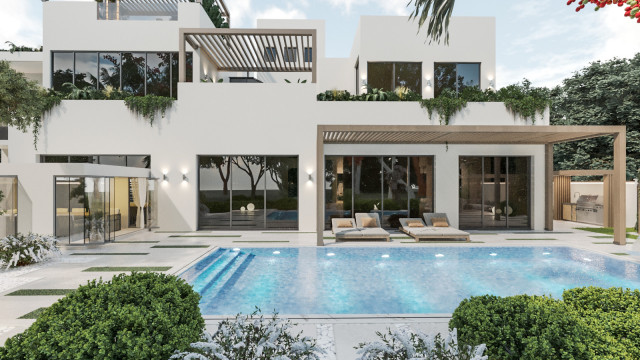LUXURIOUS AND COMFORTABLE EXPERIENCE FOR GUESTS
Hotel interior design plays a significant role in providing a luxurious and comfortable experience to guests. A well-designed hotel interior is aesthetically pleasing and creates a comfortable and inviting environment that encourages guests to stay and relax. Luxury hotel interiors are characterized by their attention to detail, use of high-quality materials, and the incorporation of elements that create a sense of grandeur.

One of the key factors in designing a luxurious hotel interior is the use of high-quality materials. From the flooring to the ceiling, everything should be designed using materials that are both durable and visually appealing. The use of natural materials such as marble, granite, and wood is common in luxury hotel interiors, as they convey a sense of elegance and sophistication. These materials can be incorporated into various elements of the design, such as the lobby flooring, bar countertops, and bathroom fixtures. Lighting is another crucial aspect of hotel interior design. Proper lighting can create a warm and inviting ambiance, while poor lighting can make the space feel cold and uninviting. Luxury hotels often use a combination of natural and artificial lighting to create the perfect atmosphere. Large windows that let in natural light are a common feature in luxury hotel rooms, while elegant chandeliers and sconces provide ambient lighting in common areas such as lobbies and restaurants.

Color is another important factor in hotel interior design. The use of neutral colors such as white, beige, and gray is common in luxury hotel interiors, as they provide a calming and sophisticated backdrop for other design elements. Bold accent colors such as gold, silver, and deep reds can be used sparingly to add a touch of glamour and drama to the space.

The layout of a hotel is also crucial to its interior design. A well-designed layout should be both functional and visually appealing. The lobby should be welcoming and provide easy access to other areas of the hotel, such as restaurants and guest rooms. Common areas such as lounges and bars should be strategically placed to encourage social interaction and create a sense of community among guests. Luxury hotel interiors also incorporate elements of art and culture. Large-scale artwork, sculptures, and murals can be used to add visual interest to the space and convey a sense of culture and history. This can include anything from contemporary art to traditional crafts and textiles from the local area.

Furniture and fixtures play a crucial role in creating a luxurious ambiance in a hotel. Comfortable and stylish furniture should be incorporated into every space, from the guest rooms to the common areas. High-quality fabrics such as velvet, silk, and leather can be used to create a sense of luxury and sophistication. In guest rooms, plush bedding and comfortable seating areas can be used to create a cozy and inviting atmosphere. Technology is also an essential aspect of hotel interior design. Guests expect the latest technology and amenities, such as high-speed internet, smart TVs, and state-of-the-art sound systems. These technologies should be seamlessly integrated into the design of the space, so they do not detract from the overall aesthetic.

Attention to detail is crucial in creating a luxurious hotel interior. Small touches such as fresh flowers, scented candles, and plush bathrobes can make a significant impact on the guest experience. A well-designed hotel interior should provide a sense of comfort and luxury, while also reflecting the unique style and culture of the property. Hotel interior design with a luxury ambiance requires a thoughtful combination of high-quality materials, lighting, color, layout, art and culture, furniture and fixtures, technology, and attention to detail. A well-designed hotel interior can create a sense of comfort and luxury, making guests feel welcomed and pampered during their stay. Whether it's a grand lobby or a cozy guest room, a luxurious hotel interior design can elevate the guest experience and leave a lasting impression.











